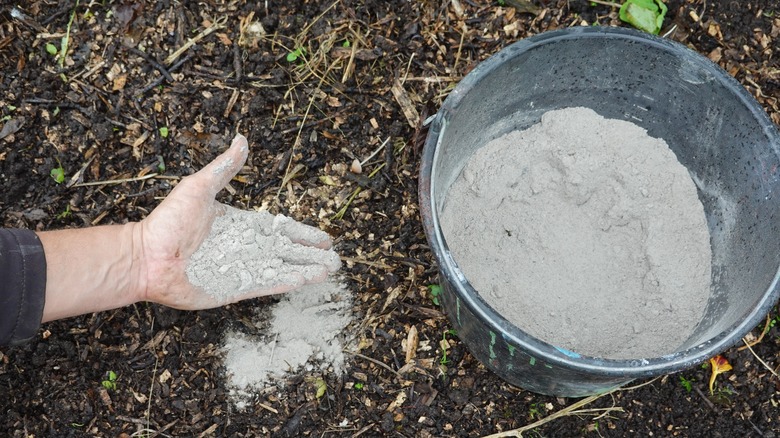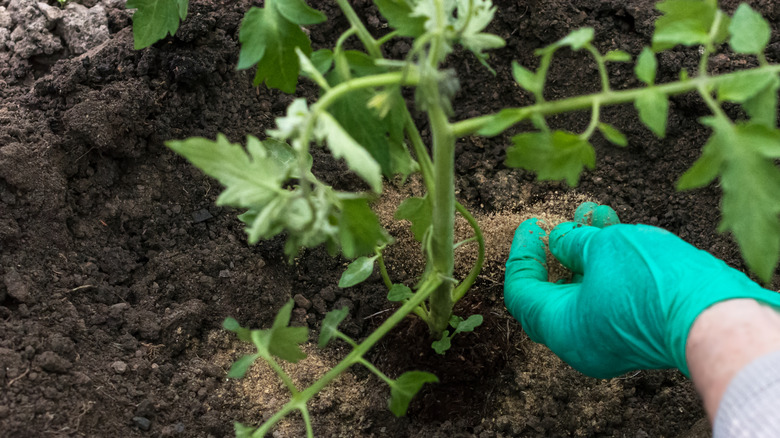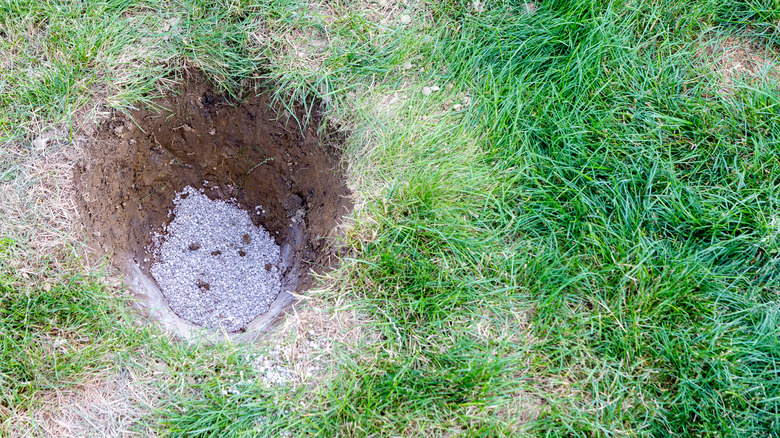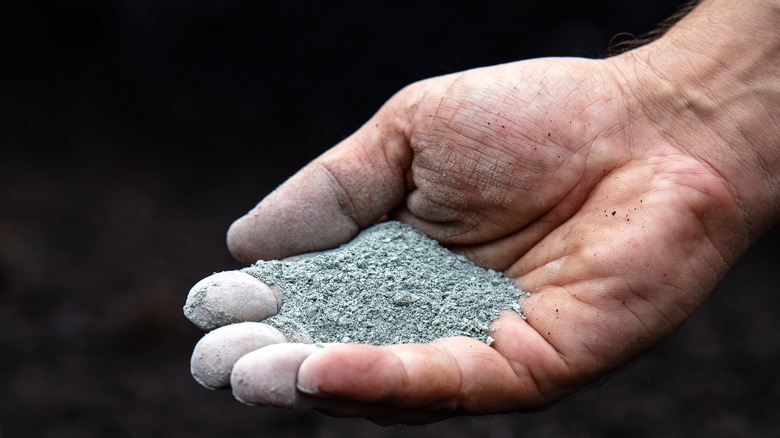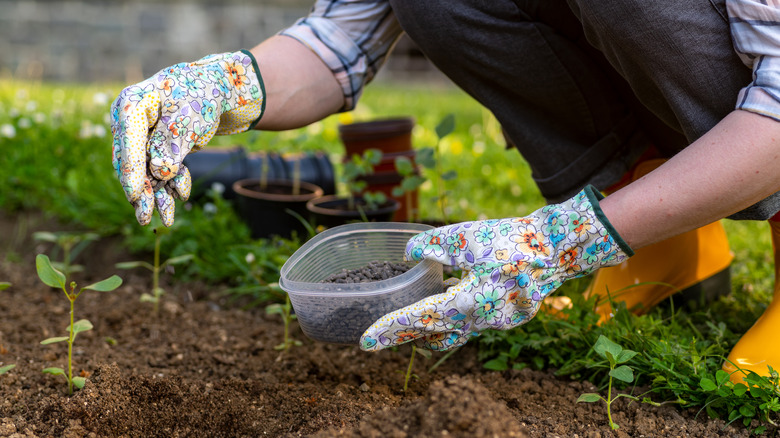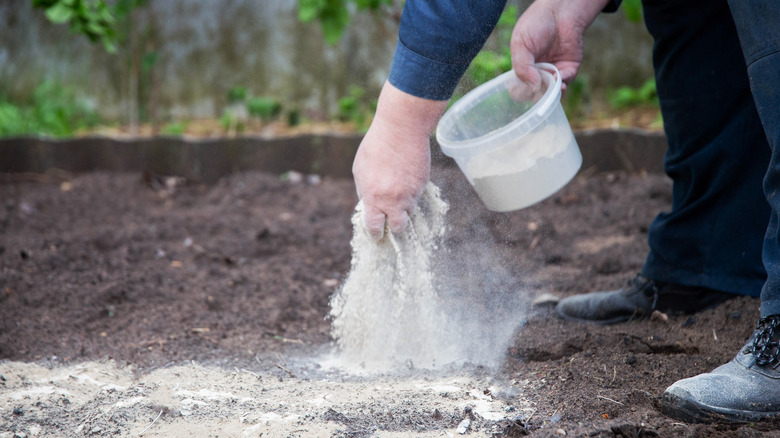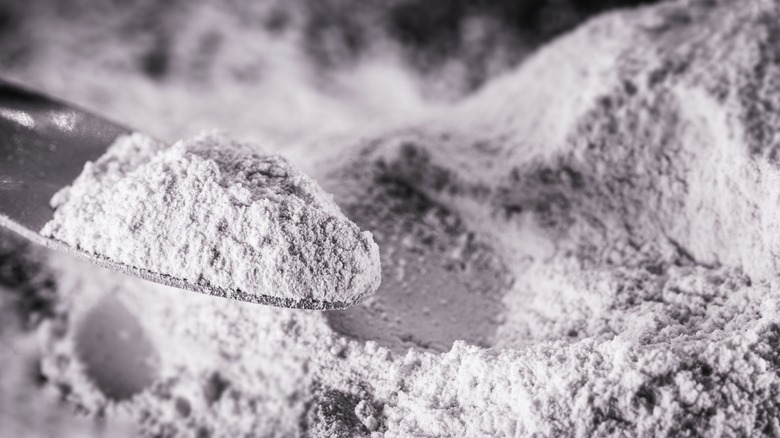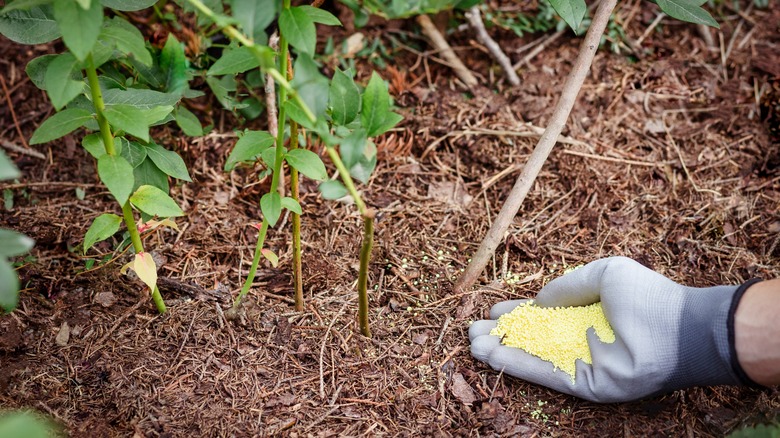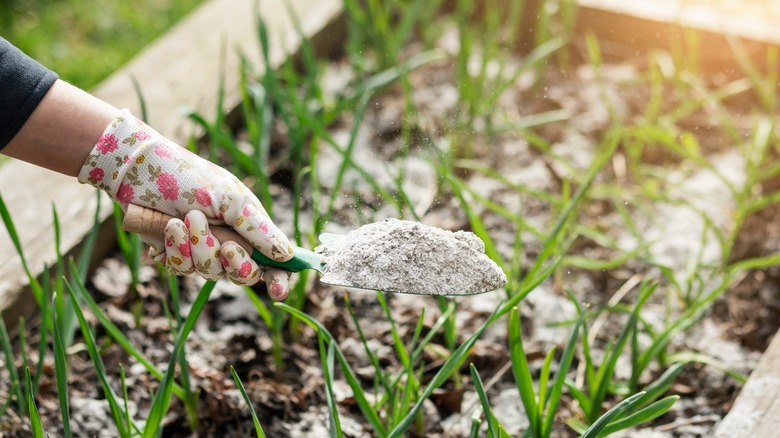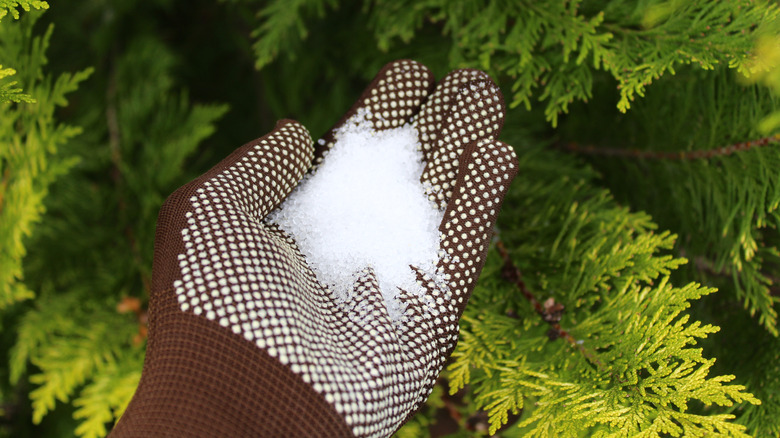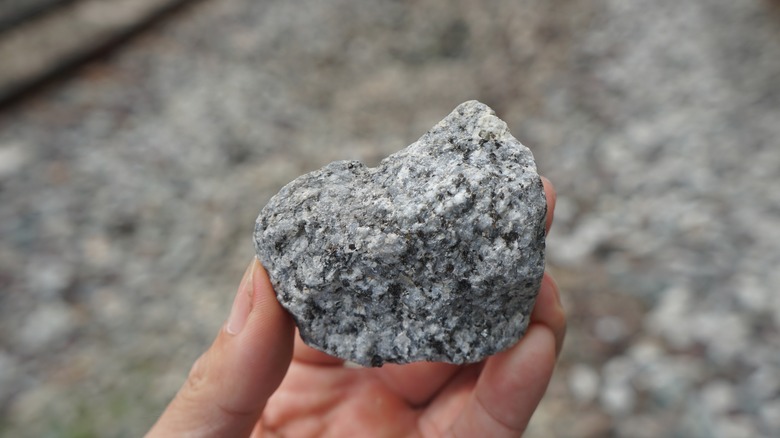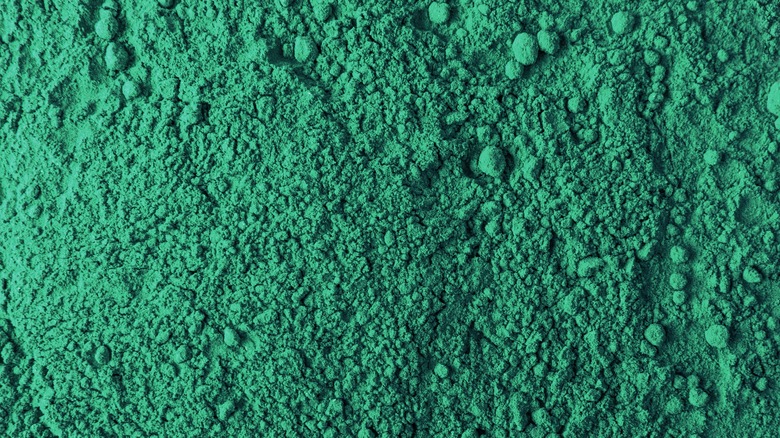11 Additions That Can Boost The Health And Productivity Of Your Garden Soil
Every thriving garden begins from the ground up, and healthy soil is right at its foundation. But what counts as a healthy soil? Simply put, soil health is defined as its ability to function as a living ecosystem that supports healthy plants. Healthy soil supplies essential nutrients in the right balance to support plant growth and reproduction. But the problem is that the soil doesn't stay healthy and productive for very long. This is where minerals such as azomite, blood meal, gypsum, sulfur, wood ash, and Epsom salt come in. They enhance the soil's nutrient profile and also improve its physical and chemical properties.
But don't make the mistake of adding too much. More doesn't mean better in every case. Always perform a soil test before using any amendments, unless you know exactly how to identify and treat nutrient deficiencies in plants. A soil test will help you figure out which minerals and how much of them to use, and also give you the information about whether it is the lack of minerals that's the problem or something else. For instance, sometimes it's not a lack of nutrients but rather an issue with the pH levels that can block the uptake of certain nutrients, reducing the overall health of the garden soil.
Bone Meal
Bone meal is exactly what it sounds like. Bones are carefully heated, crushed, and ground into a soft powder that is full of nutrients and serves as a natural fertilizer for plants. Rich in phosphorus, calcium, and trace minerals, bone meal not only enhances soil fertility but also offers an added benefit of immobilizing inorganic pollutants, providing a safe growing environment for the plants. Also, bone meal releases nutrients slowly over time — a perfect mineral for people looking for a way to feed their plants gradually over a long period.
Gypsum
Gypsum takes the top spot as the most widely used soil additive for boosting calcium levels. However, in addition to adding calcium to the soil and increasing soil fertility, gypsum also improves water infiltration by reducing compaction and improving sodic soils by eliminating excess sodium, which can be toxic to plants. Also, gypsum is fairly inexpensive, safe to handle, and relatively soluble. However, be careful with its use. When used without a soil test, it can lead to deficiencies in other nutrients.
Azomite
Azomite is just a fancy trade name for a special type of rock dust, but the fancy name suits it. It contains 70 trace minerals that can help improve soil fertility by providing significant amounts of magnesium, potassium, silicon, and calcium. The best part? It is easy to use. All you have to do is spread it over your garden or mix it with compost or potting soil. You can also use it as a spray or through irrigation, but make sure to give it a good stir before use, as it doesn't dissolve in water.
Blood Meal
If your soil is short on nitrogen, blood meal might be just what it needs. It has about 10–13% organic nitrogen, and it's a slow-release fertilizer. Just like bone meal, it doesn't just feed the soil but can also help deter pests from the garden due to its smell. However, you don't want to simply dump it on your garden as its excessive application can even burn the plants. For best results, work it into the soil, rather than just spreading it over the top.
Lime
Lime is used to raise soil pH and increase the availability of calcium and magnesium. Fall is the perfect time to add lime to your garden, as it gives it plenty of time to work itself into the soil before spring planting. When shopping for lime, it's important to keep the difference between calcitic lime and dolomitic lime in mind. Calcitic lime is about 95% calcium, whereas dolomitic lime is 55-85% calcium and 15-45% magnesium. Choose the one that best suits your garden based on a soil test.
Phosphate Rock
Phosphate rock is a mineral deposit that's mined for its phosphorus. Sometimes, however, it is also used as a fertilizer. What makes phosphate rock special is its slow, steady release of phosphorus, which is perfect for long-term soil health. Still, in alkaline soils (pH of over 7), plants may have a hard time accessing it, so definitely perform a quick pH test before applying it to your garden. Also, apply phosphate rock well before the growing season for optimal results.
Sulfur
If you want to fix the alkaline soil in your garden, adding sulfur is one of the most affordable ways to make garden soil more acidic. Sulfur comes in many forms, though. So, which one should you use? For most applications, elemental sulfur is the best choice, as it is almost pure sulfur. You can achieve similar results with sulfur-containing fertilizers. Still, they contain much less sulfur than the pure form.
Wood Ash
If you want to recycle the leftovers from that Sunday barbecue into a soil booster, go for it. Wood ash is an excellent source of calcium, much like agricultural lime, while also supplying potassium, phosphorus, and magnesium to enrich the soil. Beyond its nutrient value, wood ash also helps neutralize acidic soils. Just one thing to keep in mind: Use only ash from clean, untreated wood, as painted or otherwise processed wood ash may contain harmful chemicals that your plants definitely won't appreciate.
Epsom Salt
Epsom salt is a mineral compound that contains magnesium, sulfur, and oxygen. It is used as a soil amendment and sometimes as a natural fertilizer or even a pesticide (though its effectiveness as a pest control agent remains debatable). Since magnesium plays a vital role in flower production, there are many garden flowers that could use a boost of Epsom salt to keep blooming. Just keep in mind that it only supplies sulfur and magnesium and doesn't replace the need for a general-purpose fertilizer.
Granite Dust
Granite dust is what you get when you crush granite into gravel. Although it contains some potassium and other minor nutrients, its main benefit for garden soil is not its nutrient value but rather its ability to improve aeration and drainage by creating small pores due to its fine texture. This is especially helpful in gardens that have clay-rich soils. It also deters pests such as snails and slugs, and by reducing moisture, keeps away fungal diseases, as well.
Kelp Meal
Kelp meal is made from dried, ground brown seaweed. Although low in macronutrients, it is high in micronutrients and growth hormones. Since it's low in nitrogen, phosphorus, and potassium, it's not a complete fertilizer. It's commonly blended with fish meal for a more well-rounded soil amendment. To add kelp meal to your garden, apply it directly near the roots of plants. You can also soak it in water and use it as a drench.
